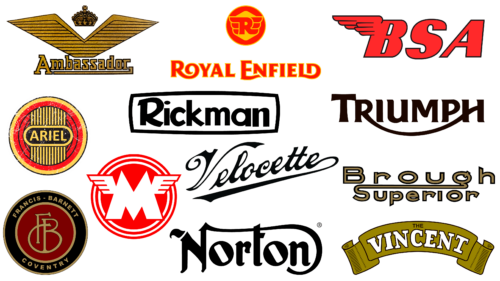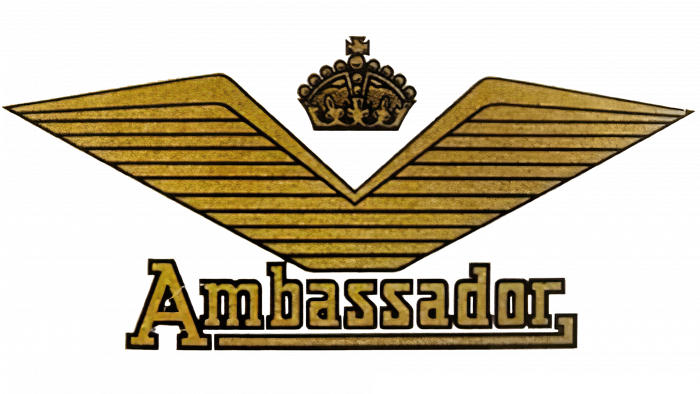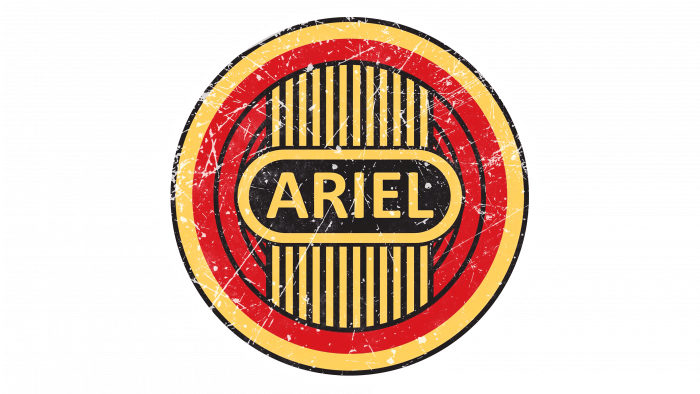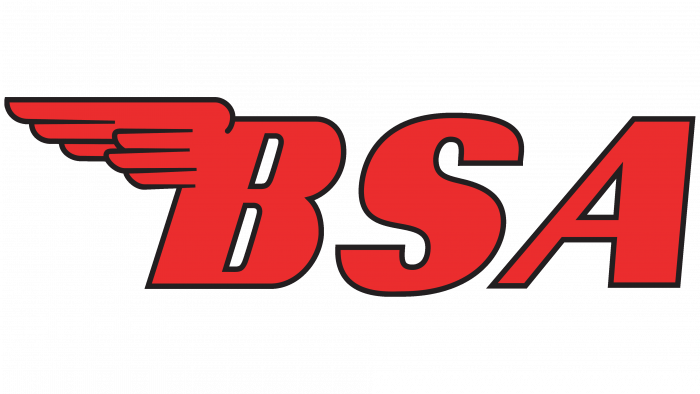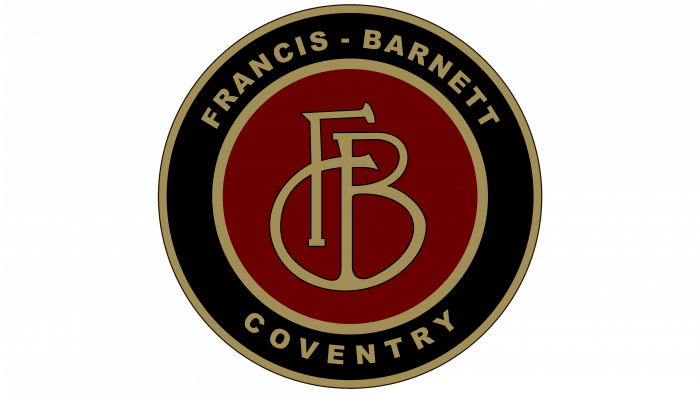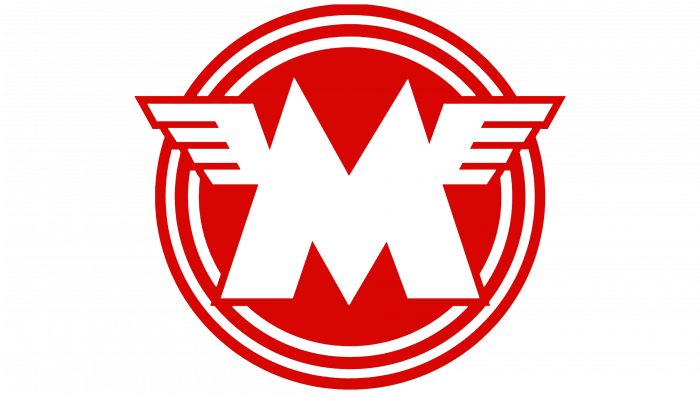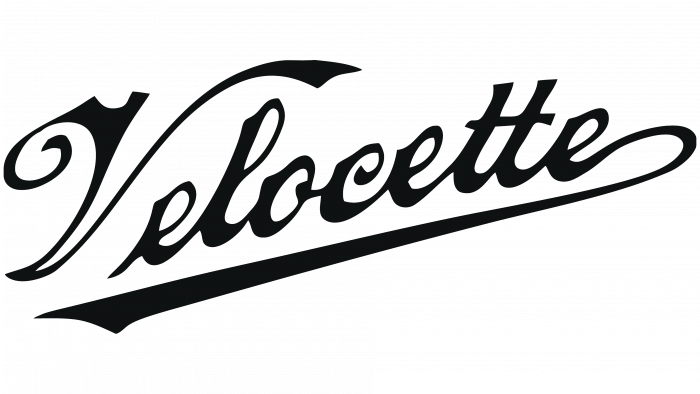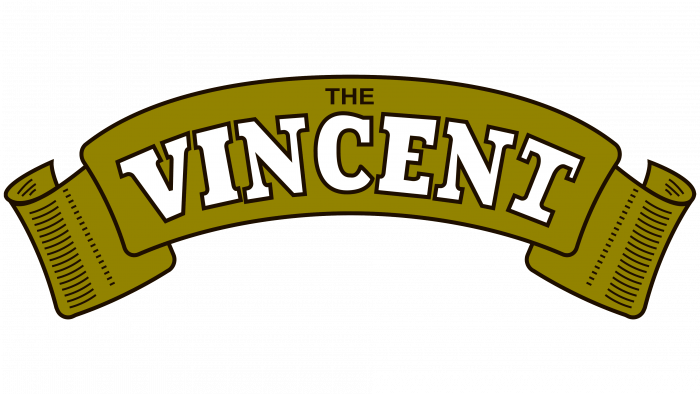The British automobile industry is one of the world’s oldest and most famous for its luxury cars. The second area in which it has also excelled is the production of quality motorcycles. Its rise came in the early thirties of the last century. Developing this type of industry in the conditions of constant competition with the world leaders in this field, British manufacturers staked on vintage models. This direction became especially popular among collectors of motorcycles and representatives of the richest families in the world. They, acquiring such models, indulged their sublime aesthetic tastes.
What are British motorcycle brands?
This is a list of the most famous brands representing the British motorcycle industry. These include Triumph, Royal Enfield, Brough Superior, Birmingham Small Arms (BSA) and many others.
During the general industrial decline in Europe from 1939 to 1945, the British motorcycle industry withstood with dignity. And already in the fifties, it reached pre-war levels. Although British motorcycle athletes ceded the laurels to the Italians in the sixties, producing two- and three-wheeled machines only grew, giving rise to the first famous British brands on the world stage – Triumph Bonneville and Ariel Square Four. In the 70s, some famous British brands became a thing of the past. However, even today, many of the representatives of this trend have remained and continue their legendary procession.
Ambassador
In 1946, the British motorcycle brand Ambassador appeared, founded by British racer Kaye Don, the champion of the twenties. The basis of production was light motorcycles. The company lasted until 1963, when it was headquartered in Ascot, Berkshire, when rival DMW absorbed it. In 1965, it was closed down. In 2016, an attempt was made to reform the brand – 2017 saw the launch of Ambassador Supreme in a vintage “café racer.” In 2021, the Ambassador 400, in a classic version, “saw the light.”
The brand logo is presented in two variants, the use of which depends on the location. The first is a text variant. This is the brand’s name, made in gold with a dark border for each letter. The second is the capital letter of the name and several important elements that have forever defined the style and visual identity of the brand – spread wings and a royal crown. The wings symbolize movement, speed, and the feeling of flight from riding the brand’s motorcycles. The crown is a tribute to the heraldry of the past. But its presence, together with the gold color, indicated the presence of a claim to royal status in the manufacturers of this type of transport.
Ariel
The oldest British brand, Ariel, has been known to cycling fans since 1870. At that time, the company’s founders, James Starley and William Hillman, began assembling penny-farthing bicycles with 48-inch wheels. In 1902, a motorcycle with a Kerry engine was introduced. Innovative in many ways, the company never became the largest in British motorcycle history. Its notable products include the SuperSport, Red Hunter, HF 4, and Arrow. The brand ceased to exist in the seventies of the last century.
The brand name of the model range was simple and concise – a regular oval containing the name in lowercase letters. It was used on all signs and emblems of Ariel appliances. The most common variant was a circle with a thin black border, and several circles inscribed sequentially to reduce the diameter. The first was yellow, and the other four were red, separated by a black border. The interior had a stylized image of a radiator, nine stripes inscribed along the radius of the third red circle in a yellow-black border. On top of it was an oval with the brand’s name in the center of the whole emblem. The text was executed in the same yellow color, characteristic of the whole emblem, on a black field and an oval border.
Brough Superior
The world-famous brand of British motorcycles Brough Superior began its history in the 19th year of the last century. Its first flagship model, SS100, appeared in 1924. Unlike mass producers of the same type of equipment, the son of the company’s founder, George Brough, relied on individual production of each new motorcycle to the customers’ requirements. These were “Rolls-Royces” on two wheels regarding production level and price. However, the beginning of the war led to the mandatory reorientation of production for military needs. After its end, the brand could not restore the previous production volume.
The emblem of the brand was also characterized by an exclusive design. Practically excluding from its symbolic graphic elements, except for the oval, which appears in one of the variants, the creators of the emblem directed all their creativity to the development of the text. The name of the brand – Brough Superior – becomes its main and unique emblem. The font has become a central element easily connected to various advertising schemes and blends perfectly with any design. The connection of Q and S gives a very effective visual symmetry, allowing the logo to be seen as an option not tied to the traditional “top” or “bottom.”
BSA
The beginning of BSA’s history dates back to 1863, when the company began manufacturing guns in Birmingham. It would become a motorcycle brand in 1910 with the production of its first motorcycle. During the First and Second World Wars, the company actively specialized in producing two-wheeled equipment for the Ministry of Defense of Great Britain. However, in the 50-60s of the last century, errors in marketing led to a drop in demand for obsolete models in the absence of new developments. In 1973, the company was absorbed by Norton-Villiers.
The brand’s logo was characterized by brevity and a little bit of words, characteristic of many brands in this area. One of its elements was a wing widely used by car and motorcycle manufacturers. The logo itself consisted of the company’s abbreviation in large lowercase letters and placed below it; the word MOTORCYCLES was placed in a smaller font aligned with the outermost letter of the logo. The font is slanted to the right, symbolizing acceleration and striving. The letter “B” has a wing emanating from the top and its line, the image of which created the illusion of wind action at high speed. The bright red sign enhanced its impact, ease of perception, and memorability.
Francis Barnett
This is the oldest motorcycle brand, founded in 1919 by Gordon Francis and Arthur Barnett. The brand’s first models were motorcycles with Villiers and AMC two-stroke engines. They had a displacement of 125cc. The company’s office was on Lower Ford Street, Coventry, England. Their Cruiser motorcycle was the first to include a rider’s mud and oil guard. In 1947, Associated Motor Cycles was absorbed by the more successful Associated Motor Cycles. But in 1966, they announced their closure. The brand’s first models were motorcycles powered by Villiers and AMC two-stroke engines. They had a displacement of 125cc. The company’s office was on Lower Ford Street, Coventry, England. Their Cruiser motorcycle was the first to include a rider’s mud and oil guard. In 1947, Associated Motor Cycles was absorbed by the more successful Associated Motor Cycles. But in 1966, the company announced its closure.
Today, there is an attempt to revive Francis Barnett under their brand name, creating machinery equipped with the most modern components and units. At the same time, the classic color scheme of the emblem is preserved – warm bronze, which, in combination with black color, gave the brand aristocracy and luxury. The company logo was a name with a unifying arc that enclosed the text at the bottom. Its modern design took the form of a circle within a circle, with the circles in a warm bronze color. The margin between the large and small circles is filled with black. The central one is burgundy, on which the bronze monogram of the company is placed, consisting of the first two letters of the name “F” and “B,” connected by a semicircular arc.
Matchless
1899 is the year when Matchless, the world’s oldest English brand, began fitting engines to its bicycles. The company was founded in 1878 by Henry Herbert Collier as a bicycle manufacturer and was headquartered in London. The first production model appeared in 1901. Four years later, the first two-cylinder version was already in production. The company’s historical fame was brought by the Silver Hawk, the world’s first dry sump V4, which ceased to exist in 1966. An attempt by Les Harris to revive the brand in 1987 was unsuccessful.
The brand’s logo was one of the first to use a winged symbol on its products. They were located on both sides at the top of the trademark – the letter “M,” made on a dark red background of a small circle encompassing two semicircles. The wings had a stylized heraldic pattern and went beyond the circle. The semantic meaning embedded in the logo was to convey the essence of the brand’s existence – creating two-wheeled vehicles (two rims) and providing high-speed, flight-wings. The red contrasted effectively with the badge metal and rims, making the emblem especially memorable.
Norton
Like most of the oldest British motorcycle companies, Lansdowne Norton founded the company in the late 19th century. Its first motorcycle was produced in 1902. The best popularity, speed, and handling characterized this brand’s light motorcycles. In addition, their design was considered particularly sexy. The Norton Commando, produced from 1969 to 1977, was the world’s first and best superbike. Subsequent changes of several owners led to the company’s closure in 1995.
The company’s classic logo was the brand name in Gothic script with monograms. The spirit of the Middle Ages was strengthened by highlighting the upper end of the leg of the letter “N” in ornate ornamentation. The letters “O,” made in the form of screw heads with slits slanted to the left, created an original dissonance of visual perception. A curved line from the upper part of the second leg of the letter “N” covered the entire text and ended at the bottom between the last two letters. The monochromatic design suggested that the emblem could be used in metallic, bronze, gold, or silver paint.
Rickman
Famous in the fifties of the last century, motocross and scrambling athletes brothers Don and Derek Rickman decided to express their dissatisfaction with the quality of the British motorcycle industry, creating a car that, in their opinion, would reflect all the expectations of real bikers. In 1959, their model, equipped with a new racing frame, conquered the championship and motorcycle enthusiasts worldwide. But in 1980, the brothers sold their assets and closed the business. However, in 1982, Pat French acquired the rights to the brand. In the crisis of the ’90s, he teamed up with enthusiast Jerry Lisi, which allowed the production of the legendary Rickman to survive to our days.
For all the time of the brand’s existence, it practically did not change its emblem. Its background – closer to light olive – was the color of the uniform of the Rickman brothers. The absence of various additional graphic elements, except for the frame with arc-shaped upper and lower parts, did not distract the viewer from the holistic visual perception of the name. The font had an individual graphic design. The roundness of the letters suggested the shape of a race track. The font style, characteristic of the mid-50s, has been retained.
Royal Enfield
Founded in 1901, Royal Enfield produced its first motorcycle the following year. But two years later, the fascination with automobiles led to a reorientation of production. However, success in this area was not achieved, and in 1910, the production of motorcycles resumed. The brand successfully presented its technique in the 30s of the last century. During the war, it created light paratrooper motorcycles. However, post-war difficulties and stagnation of the fifties led to the company’s sale to Indian Madras Motors, where the brand’s history continued in Chennai.
The emblem is made in the original combination of the bright red-orange color of the font and elements that soften the warm, deep, light yellow color of their contours. The mark is inscribed in a circle and represents the first letter of the name with wings on both sides. The company name is executed in a modified Medin Medin font, with original transitions symbolizing the curves of rails – the foot of the letter “R” smoothly forms the letter “O.” The lower line of the letter “E” with a curve overlaps the leg of the letter “N” as another level of the track. The connection of two letters – “L” and “D” – into a single joint reinforces this impression. The overall visual perception refers the viewer to the smooth curves and beauty of the shapes of the brand’s products.
Triumph
The Triumph brand is very serious and strict about the appearance of its logo and the shape of its motorcycle designs. Since 1937, the brand has produced some of the most elegant models in the world, which will hold this palm until the emergence of stylish “Japanese.” In the sixties, the brand became part of BSA, which had already disintegrated by 1972. The history of Triumph ended in 1983, when the company, already owned by the workers of the enterprise under the new name Meriden Co-Op, announced its closure, becoming a victim of creditors. However, the enterprising John Bloor, a lover of the brand, gradually bought up all remnants of the company and the rights to the brand, and in 1991 produced two lines of three-seat motorcycles.
When you trace the history of the development of British brands, you notice many similarities in the formation of their emblems. Emblem Triumph has a basic element for all types of its sign—the text name. Its accent element is the lower arch, found in other motorcycle manufacturers in one form or another. It joins the stem of the “R” and returns as a continuation of the center line of the last letter of the name “H.”
Velocette
Founded in 1905 by John Goodman (Gutgemann) and William Gue, originally Taylor, Gue Ltd., the company that later became the famous British motorcycle brand Velocette Motorcycles mastered the production of the first Veloce motorcycles. A year later, their name became a brand name, which was the basis for renaming the company to Veloce Ltd. In 1913, a fundamentally new model, called Velocette, was released. It was so successful that it overshadowed the name of the manufacturer itself. As a result, it became necessary to change the brand’s name again in favor of Velocette Motorcycles. Roadster racing models became the backbone of the brand’s production until the early 50s. The beginning of the production depression of the 60s led to the brand’s closure in 1970.
An interesting decision was the original logo of the brand. Traditionally, it represented the full name of the company—Velocette. Its important advantages were its stylishness and memorability. Executed in a handwritten uppercase font of gold or bronze color, it created an impression of aristocracy and luxury. The final monogram, a stroke after the signature, seemed to certify quality, stability, and high technical characteristics.
Vincent
The history of the British brand Vincent begins in 1917 in a German prison, where the future founder of the company, Howard Raymond Davies, a pilot of the British Air Force in the First World War, found himself. At the war’s end, together with E. J. Massey, he assembled several models under the name HRD. However, the crisis of 1928 led to the sale of the brand with all its facilities to Ernest Humphreys of OK-Supreme Motors, who immediately resold it with Phil Vincent’s drawings and new designs. From then on, Vincent HRD Co., Ltd. appeared with the “Vincent” TM, with the HRD mark removed from the logo in 1949. The brand was closed in 1955.
Its logo is very memorable and original. It’s probably because Phil Vincent was an American. The badge is completely different from the traditional British emblems. Made in the form of an arched ribbon with rounded edges, like ancient scrolls, on its main field, made in gold, it showed the name of the brand – Vincent. It was in pure white with a black border for each letter. The font was simple, without additional elements, monograms, or scrolls. Its curve was the same as the shape of the ribbon. Above the name, the preposition “THE” was printed in a small black font – a tribute to the English language rules.
FAQ
What motorbikes are made in the UK?
The UK has a long tradition of motorcycle manufacturing, and some well-known brands still operate there:
- Triumph Motorcycles: Produces both classic and modern motorcycles. The Triumph Bonneville is known for its design and cultural influence, appearing in films and TV shows such as Grey’s Anatomy and Harry Potter.
- Royal Enfield: Originally a British brand, it now manufactures most of its bikes in India. She is known for producing durable bikes with a classic style.
- Brough Superior: Famous for its luxury motorcycles, sometimes called the “Rolls-Royce of motorcycles.” The brand continues manufacturing in the UK, offering high-quality, bespoke bikes that appeal to enthusiasts.
- Norton Motorcycles: Known for the Norton Commando. Despite ups and downs, the company continues to assemble its bikes in the UK.
- Ariel Motorcycles: Known for manufacturing automobiles, Ariel Motorcycles produces the Ariel Ace in Somerset, England. This bike comes with customizable features and high performance.
What is the most popular motorcycle in the UK?
Japanese motorcycle brands like Honda and Yamaha are extremely popular in the UK. Honda leads the market with its reliable motorcycles that suit various riding styles. Yamaha offers a wide range of motorcycles, from sports to cruisers.
Honda and Yamaha’s success in the UK is due to their reputations for producing high-quality, value-for-money motorcycles. British riders value bikes that perform well, are reliable, and have strong after-sales support—qualities that both brands consistently provide.
How many British motorcycle manufacturers were there?
Over a thousand motorcycle manufacturers, including established and defunct brands, have been in the UK. No less than 700 brands have been registered since the beginning of motorcycling’s history. This large number is a testament to the UK’s strong history in motorcycle manufacturing. Many companies have started and gone out of business over the years. These brands have significantly impacted domestic and international motorcycle markets through their creative designs and technology.
